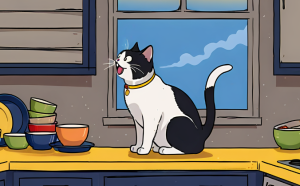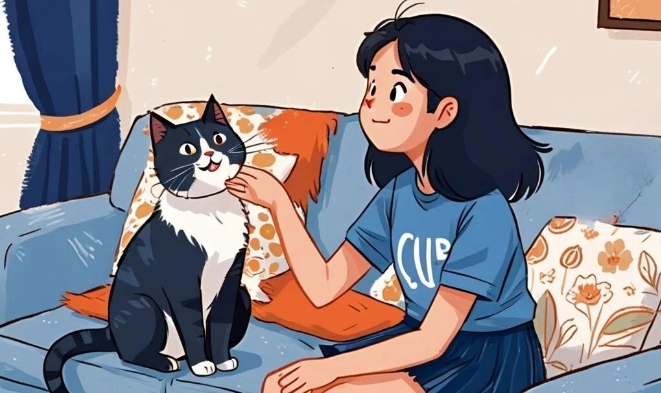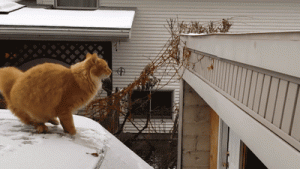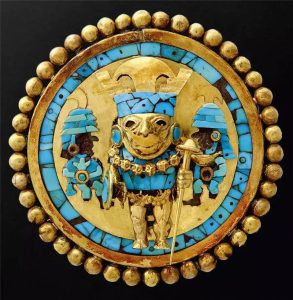The Longer You Own a Cat, the More You’ll Notice Some of Its “Flaws.” However, Some of These “Flaws” Are Actually Signs of Good Health—You’ve Been Misunderstanding Them.
-
Excessive Shedding
Some people, after raising a cat for a while, start complaining about how much it sheds. They find cat hair on the couch, clothes, and everywhere else, which makes cleaning a hassle. Some even think that excessive shedding is a sign of poor health, believing the cat might have nutritional imbalances or skin issues. However, this might not be the case. Research shows that healthy cats naturally shed during normal metabolic processes. Cats’ fur goes through a growth cycle, which includes a growth phase, a regression phase, and a resting phase. After the resting phase, old hairs naturally fall out to make room for new ones. In general, a healthy cat will shed a certain amount of fur every day, and this is a normal physiological phenomenon. Moreover, shedding is influenced by the seasons. During spring and fall, cats often shed more to adjust to temperature changes. This is a natural way for cats to regulate their body temperature, showing that their body can adapt to environmental changes, which is a sign of good health. Of course, if a cat experiences excessive shedding, such as severe localized hair loss or symptoms like red, itchy skin, it might indicate health issues that need immediate attention.

-
Loud Meowing
Some cats meow very loudly, especially during their mating season or when they’re seeking attention. That high-decibel meowing can be quite irritating. But did you know that loud meowing could also be a sign of a healthy respiratory system? Cats produce their meows through the vibration of their vocal cords, which require proper airflow from a healthy respiratory system. A healthy cat’s lungs function well, providing enough airflow to produce loud sounds. On the other hand, if a cat has respiratory issues, such as an upper respiratory infection or pneumonia, it may result in a weak or hoarse voice. Researchers have compared the sounds of cats in different health conditions and found that healthy cats have a noticeably higher frequency and intensity in their meows compared to cats with respiratory diseases.
-
Frequent Nail Scratching
Cats’ nail scratching is a common behavior, and many cats leave scratch marks on sofas, chairs, and other furniture, which can be annoying for their owners. However, this behavior that bothers you may actually be a sign of healthy claws and good emotional health. Cats’ claws grow continuously, and the keratin layer at the tip of the claws becomes dull over time. Scratching helps cats shed the old keratin layer, keeping their claws sharp. This is important for their climbing and hunting abilities. Additionally, scratching is also a way for cats to release emotional tension. Studies have shown that when cats scratch, they leave behind scent markers as a way to mark their territory, making them feel safe and comfortable within their space, which helps maintain a positive emotional state. If your cat stops scratching, however, it could be a cause for concern. This could lead to overgrowth of the claws, which may eventually curl and pierce the paw pads, causing pain and potential infection.
These 3 Things Might Be Seen as Flaws by Some, But They Actually Indicate That Your Cat Is Very Healthy.So, does your cat do any of these 3 things often?





